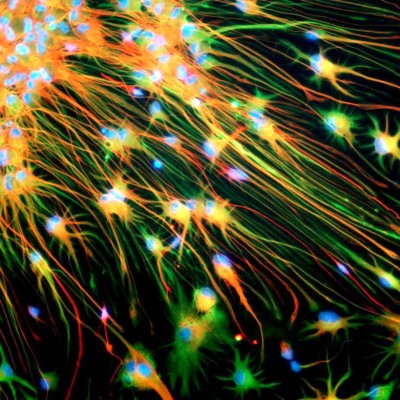
Gliomas are the most common primary tumors of the central nervous system (CNS), representing around 40% of this type of neoplasm. Within these, high-grade gliomas form the most common subtype. High-grade gliomas are highly aggressive and invasive tumors. In their progression they produce great neurological damage and are included among the most deadly tumors that exist. Currently, the most widely used treatment is the so-called Stupp regimen, which consists of the joint administration of radiotherapy and chemotherapy based on temozolamide (TMZ). Although this combination has shown better results compared to other therapeutic regimens, the progression of the disease is practically inevitable. In this context, this line of research seeks to generate a biobank of tumor stem cells derived from surgical biopsies of patients diagnosed with high-grade gliomas, in order to deepen our knowledge about the biology of this type of tumor. Currently, cell lines derived from patients are used in 3 different projects that consist of: identifying possible therapeutic targets involved in the invasive capacity of high-grade gliomas; in the study of the biological relevance of galectins in glioma stem cells and their potential application in the development of personalized antineoplastic strategies; and in elucidating the role of the pro-apoptotic factor NOXA in the sensitivity of MTCs against chemotherapeutic agents. These studies are aimed at establishing novel therapeutic targets that contribute to the design of personalized drug combinations, to limit tumor growth and progression effectively.